dljuly3
gamer level 3
1121 xp
1121 xp
followers
3
3
Use my invite URL to register (this will give me kudos)
https://boardgaming.com/register/?invited_by=dljuly3
profile badges




recent achievements

Supporter
Give 10 hearts (loyalty points) to a single game
Give 10 hearts (loyalty points) to a single game

Amateur Reviewer
Review 3 games and receive a total of 40 positive review ratings.
Review 3 games and receive a total of 40 positive review ratings.

Noble
Gain 2 followers
Gain 2 followers

Check Out My Favorites
Add 5 games to your Favorites list.
Add 5 games to your Favorites list.







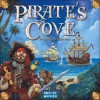

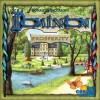


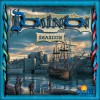














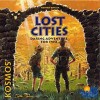






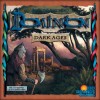

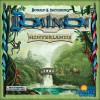





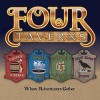

Tsuro
Tsuro is a simple game with a very simple concept. Each player starts on the edge of the play board. Players each take turns placing tiles on the game board. Each of these tiles has multiple paths for the player to follow. There are only two rules when placing tiles:
1) The tile must advance the players pawn.
2) A player cannot lose by placing his or her tile unless there is no other choice.
Players lose by completing a path that connects to two edges of the game board (meaning it is impossible for the player to continue to place tiles to advance his or her piece). Players can use tile placement to their advantage; tiles can be used to advance other players so long as the player continues to follow the 2 rules above. This can be used to knock other players off the board. The last player standing is the winner.
The game is really fun no matter how many players are playing. In a 2-4 player game, there is a decent bit of strategy in how you place your tiles. The game only takes 15 minutes or so. In a 5-8 player game, it’s pure chaos, but still a lot of fun. Players will quickly fall, but the game will still only take up to 15 minutes.
I love pulling this game out at parties. It’s simple, takes less than a minute to teach, and very entertaining to drunk people. That simplicity also makes it great game for new gamers, such as children.
All in all, I give it a personal 10/10 just for how much use I’ve gotten out of it. It is easily one of my most well loved games.